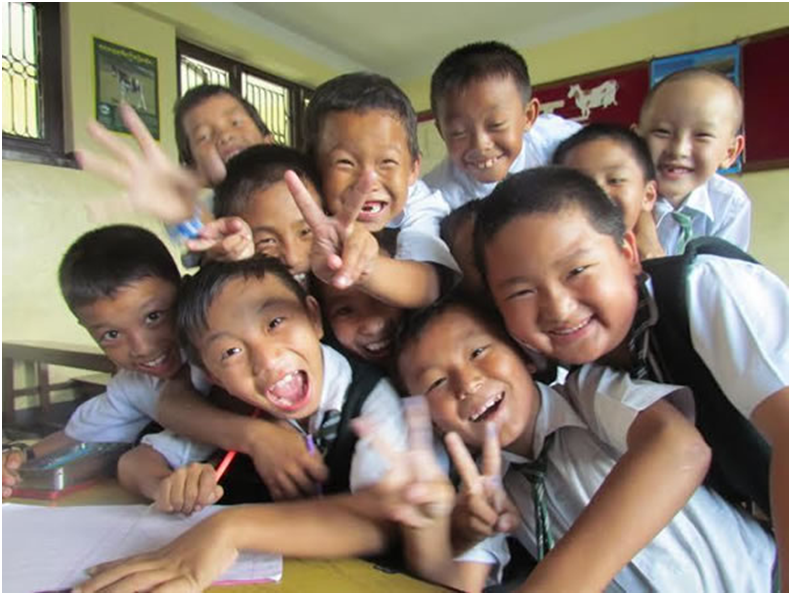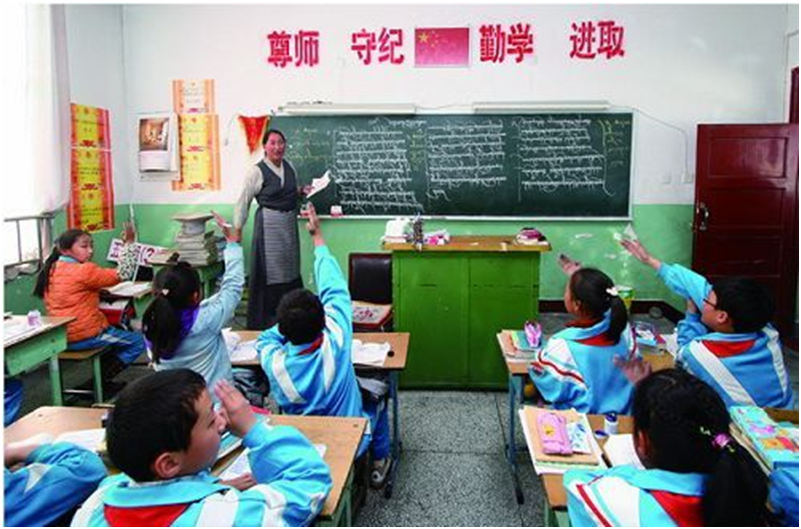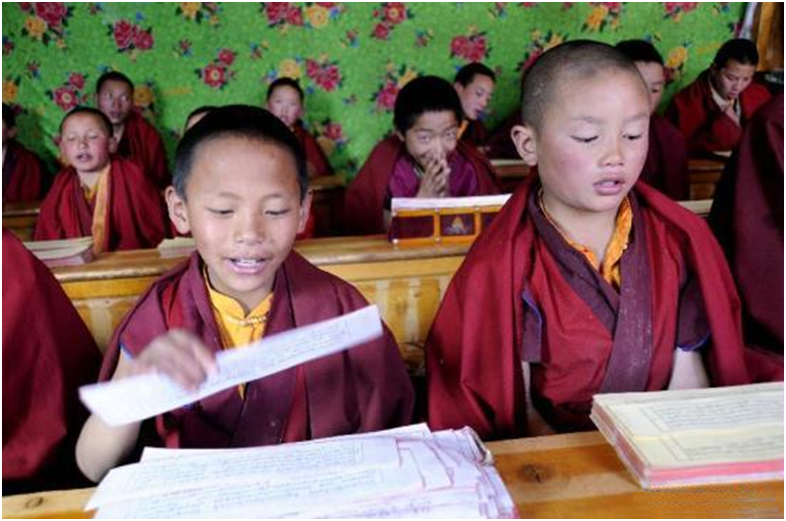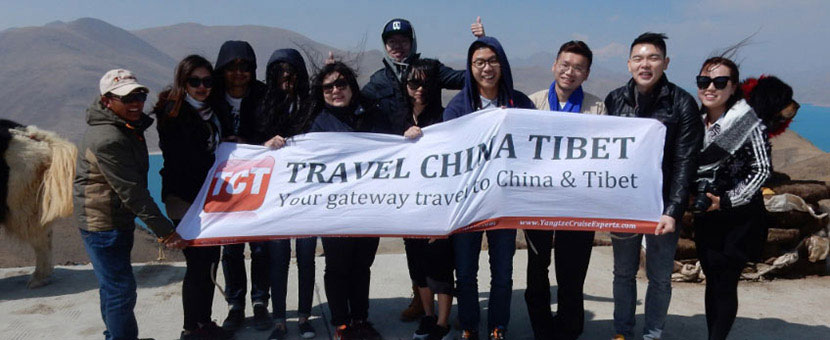Before communists arrival there were only a handful of non-religious schools on Tibet. Only a small minority received any kind of education at all. Since the China Western Development program in 1999, 200 primary schools have been built, and enrollment of children in public schools in Tibet reached 98.8% in 2010 from 85%, which greatly improved education in Tibet.
Education in Tibet is the under the control of the Ministry of Education of the People's Republic of China. Tibetans are forced to have primary and secondary education with free of charge. Most classes are taught in the Tibetan language, but mathematics, physics, and chemistry are taught in Chinese. Tuition fees for ethnic Tibetans from primary school through college are completely subsidized by the central government.
Eventhough there are different voices outside China, but the truth is that the education opportunities available in Tibet have improved the economic livelihood of the Tibetans.
Schools in Tibet
By 1999, there were over 2000 public schools in Tibet. The elementary schools and middle schools in Tibet charge no tuition fees. High schools charge only $70 a semester, including board. The government goes through great lengths to encourage Tibetan students to stay in school. Free transportation is offered to children of nomads. Many Tibetan cities and towns have new schools with facilities that are much better than their counterparts in provincial China. The situation is different in the Tibetan countryside. In some poor rural schools, many classes are conducted standing up because there are no chairs in the classrooms, children have no pencils and they sit on cement floors to save wear and tear on their desks.

Tibetan Students
Schools Language in Tibet
Chinese government has encouraged rich Chinese cities to finance school construction in Tibet. In the 2nd Tibetan city of Shigatse, 4 hours from Lhasa, the Tibet-Shanghai Experimental School was completed in 2005 with an investment of $8.6 million from the Shanghai government.
Schools in Tibet often have separate classes for Tibetan and Chinese children. This is done mainly for linguistic reasons, with the Han Chinese receiving instruction in their language and Tibetans being taught in Tibetan. Many Tibetan students take courses in Tibetan and Chinese while Chinese students take Chinese and English. Young Tibetan children have most of their classes taught in Tibetan. They begin studying Chinese in the 3rd grade. When they reach middle school, Chinese becomes the main language of instruction.
In schools that are technically bilingual, the only classes entirely taught in Tibetan are Tibetan language classes. There are no textbooks in Tibetan for subjects like history, mathematics or science and tests have to be written in Chinese.
Most Han Chinese teachers know little or no Tibetan. They teach their classes either in Chinese or English. Tibetans don't have a vocabulary for science. Some science terms that are two words in Chinese, like 'electrical resistance,' when you translate then into Tibetan come up with a whole long string that you can't even write on the blackboard." Tibetan middle school and high school teachers are supposed to teach in Mandarin although many teach in Tibetan.
Tibetan students are encouraged to learn Chinese because they need to know the language if they want to do well on the all-important university entrance exam, gain admission to a university, get a good job and generally get ahead in life in China and Chinese-controlled Tibet.

School education in Tibet
Monastary Education in Tibet
Education has traditionally been centered in the monasteries in Tibet. Traditional monastery schools today provide religious training, teach reading, writing, math and sciences and provide training in the arts, crafts and professions. Instruction is provided by religious teachers called "dge bshe." After enteirng the school monk initiates are divided into groups and spend 10 years memorizing texts, debating a variety topics, studying, learning how to conduct ceremonies and taking exams. Oracles, mediums and exorcists receive special training.
One Tibetan teacher said: “One of the main reasons Tibet is so backward is that too many men were in the monasteries and not contributing toward development. I continually advise parents to send their children to school not to monasteries. Otherwise the economy will remain stagnant, and we’ll never be able to compete economically.”

Monastery Education in Tibet













